Which Battalion would you have joined?
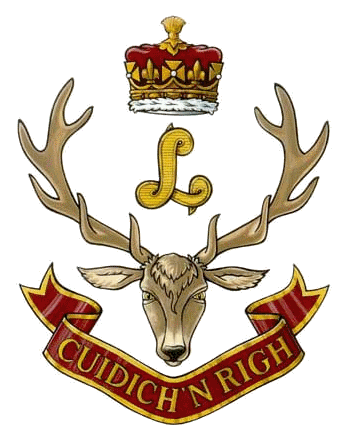

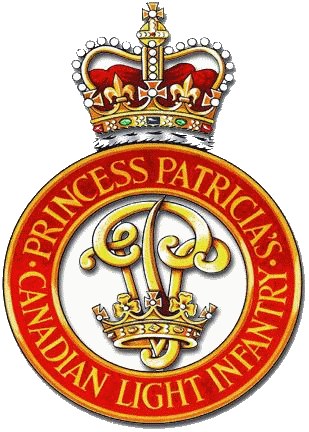
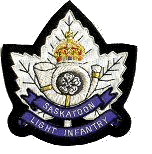
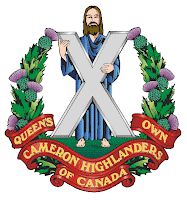
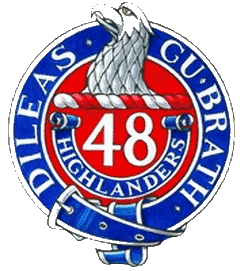
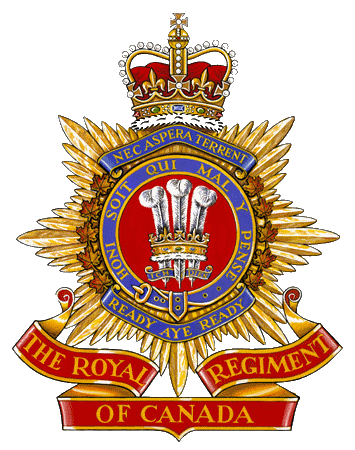
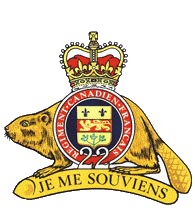
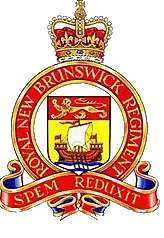
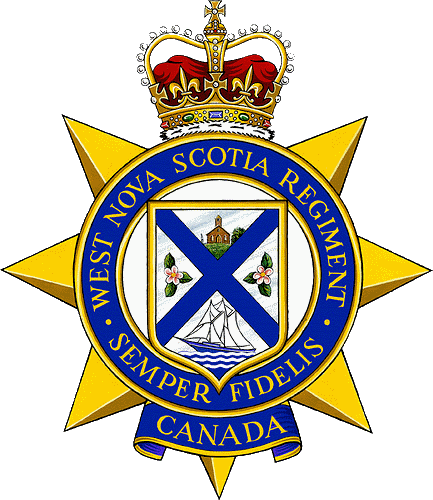
If you had signed up for the infantry in 1939, you would have joined one of 28 battalions spread across Canada, including every province except Prince Edward Island.
Unlike in WW1 when Canada's only French language battalion, the 22nd, was excluded from the First Division, the first Canadian divisions included four French-Canadian battalions. There were also two Maritimes battalions included in the 1939 mobilization.
Here's the regions and the battalions of the 1939 Canadian Active Service Force. The Western battalions received their training at Camp Shilo, Manitoba, the Ontario battalions trained at Camp Borden, Ontario and the Montreal and Martimes battalions trained at Val Cartier, Quebec
British Columbia - Seaforth Highlanders, Vancouver
Alberta - Princess Patricia's Canadian Light Infantry, Edmonton
Loyal Edmonton Regiment, Edmonton
Calgary Highlanders, Calgary
Saskatchewan - South Saskatchewan Regiment, Estevan
Saskatoon Light Infantry (Machine Gun) - Saskatoon
Manitoba - Winnipeg Grenadiers (Machine Gun, Winnipeg
Queen's Own Cameron Highlanders, Winnipeg
Ontario - Royal Regiment, London
Royal Hamilton Light Infantry, Hamilton
48th Highlanders, Toronto
Lorne Scots ( Machine Gun), Oakville
Essex Scottish Regiment, Windsor
Cameron Highlanders, Ottawa
Hastings and Prince Edward Regiment, Bellevile
Princess Louise Dragon Guards, Ottawa
Quebec - Royal Highlanders of Canada,(The Black Watch) Montreal
Royal 22e Regiment, Montreal
Fusiliers Mont-Royal, Montreal
Regiment de Maisonneuve, Montreal
Regiment de la Chaudiere (Machine Gun), Levis
New Brunswick - Carleton and York Regiment, Woodstock
Nova Scotia - West Nova Scotia Regiment, Kentville
In 1939 Newfoundland was a British Colony, not a Canadian province. Unlike in WW1, the province could not afford to pay for an infantry regiment. Instead it could only organize a local Newfoundland militia force for home defence. The British Royal Artillery recruited men for two artillery regiments, the 57th Heavy Artillery ( later the 166th Field Artillery) and the 59th Heavy Artillery. These units saw active servce in Italy, and the Normandy-Netherlands campaign.
The Third and Fourth Divisions mobilized in 1940. They included 27 additional infantry battalions. By the end of 1940 there were 50 Canadian infantry battalions hailing from 33 Canadian cities.